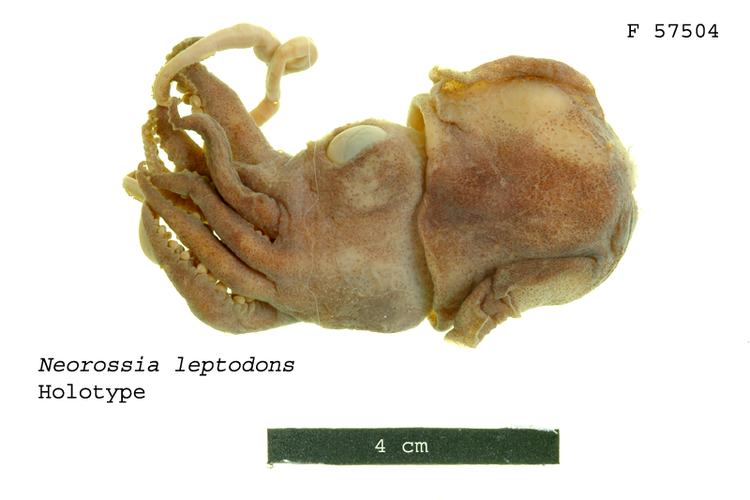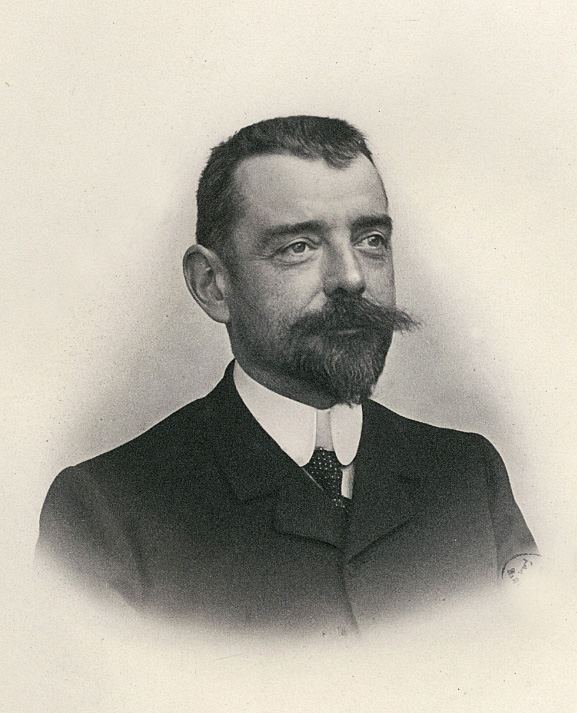|
Neorossia
''Neorossia'' is a genus of bobtail squid comprising two species. Species *Genus ''Neorossia'' **'' Neorossia caroli'' Joubin, 1902, Carol Bobtail **'' Neorossia leptodons'' Reid Reid is a surname of Scottish origin. It means "red". People with the surname * Alan Reid (other) * Alex Reid (other), includes Alexander Reid * Amanda Reid, Australian Paralympic athlete * Amanda Reid (taxonomist), Australia ..., 1992 References External links Bobtail squid Cephalopod genera {{sepiolida-stub ... [...More Info...] [...Related Items...] OR: [Wikipedia] [Google] [Baidu] |
Neorossia Caroli
''Neorossia caroli'', the Carol bobtail squid, is a species of bobtail squid belonging to the family Sepiolidae. Etymology The species name ''caroli'' derives from Carolus, Latinized name of Carlos. It honors H. M. the King don Carlos of Portugal. Subspecies Subspecies include: *''N. c. jeannae'' (southwest Atlantic) *''N. c. caroli'' (northeast, east, and southeast Atlantic) Distribution and habitat This species is widespread in the Atlantic Ocean from Iceland and the United Kingdom southwards along the Atlantic coast of Europe and Africa as far south as Namibia, the Patagonian slope, and Falkland Islands. It is also present in the Mediterranean and Black Seas. This bottom-living species occurs in areas of muddy substrate at depths of 40 to 1744 m. Description ''N. caroli'' can reach a mantle length of 51 mm in males, while in females, the mantle length can attain 83 mm. Its body is soft and fleshy, and the mantle is broad and oval. The dorsal border of the mantle ... [...More Info...] [...Related Items...] OR: [Wikipedia] [Google] [Baidu] |
Neorossia Leptodons
''Neorossia leptodons'' is a species of bobtail squid native to the southwestern Pacific Ocean, from New South Wales () to South Australia (). It lives at depths from 130 to 1,110 m.Reid, A. & P. Jereb 2005. Family Sepiolidae. ''In:'' P. Jereb & C.F.E. Roper, eds. ''Cephalopods of the world. An annotated and illustrated catalogue of species known to date. Volume 1. Chambered nautiluses and sepioids (Nautilidae, Sepiidae, Sepiolidae, Sepiadariidae, Idiosepiidae and Spirulidae)''. FAO Species Catalogue for Fishery Purposes. No. 4, Vol. 1. Rome, FAO. pp. 153–203. ''N. leptodons'' exhibits sexual dimorphism. Females grow to 77.5 mm in mantle (mollusc), mantle length (ML), while males are not known to exceed 42 mm ML. The type specimen was collected in the Great Australian Bight, South Australia ( to ). It is deposited at the Museum of Victoria in Melbourne. References External links Bobtail squid Molluscs described in 1992 Taxa named by Amanda Reid (malacolo ... [...More Info...] [...Related Items...] OR: [Wikipedia] [Google] [Baidu] |
Amanda Reid (malacologist)
Amanda "Mandy" Louise Reid is an Australian taxonomist and malacologist who works as the collection manager of the malacology collection at Australian Museum. She is a published researcher and author. Her research has resulted in the description of many species of velvet worms and cephalopods. Career Reid is an alumna of Macquarie University, a public research university in Sydney, Australia, where she completed a Bachelor of Science degree in 1984. She completed a Master of Science degree in 1990, with a thesis titled ''Taxonomic review of the Australian Rossiinae (Cephalopoda A cephalopod is any member of the molluscan class Cephalopoda (Greek plural , ; "head-feet") such as a squid, octopus, cuttlefish, or nautilus. These exclusively marine animals are characterized by bilateral body symmetry, a prominent head, an ... : Sepiolidae).'' She completed a PhD in 1996, with a thesis titled ''A systematic review of the Peripatopsidae (Onychophora) in Australia''. Reid has ... [...More Info...] [...Related Items...] OR: [Wikipedia] [Google] [Baidu] |
Louis Joubin
Louis Marie Adolphe Olivier Édouard Joubin (27 February 1861 in Épinal – 24 April 1935 in Paris) was a professor at the Muséum national d'Histoire naturelle in Paris. He published works on nemerteans, chaetognatha, cephalopods, and other molluscs. He served as an assistant to Henri de Lacaze-Duthiers, subsequently becoming director of the laboratories at Banyuls-sur-Mer (1882) and Roscoff (1884). Later on, he became an instructor at the University of Rennes,Prosopo Sociétés savantes and in 1903 succeeded Edmond Perrier as ''chaire des mollusques, des vers et des zoophytes'' at the |
Species
In biology, a species is the basic unit of classification and a taxonomic rank of an organism, as well as a unit of biodiversity. A species is often defined as the largest group of organisms in which any two individuals of the appropriate sexes or mating types can produce fertile offspring, typically by sexual reproduction. Other ways of defining species include their karyotype, DNA sequence, morphology, behaviour or ecological niche. In addition, paleontologists use the concept of the chronospecies since fossil reproduction cannot be examined. The most recent rigorous estimate for the total number of species of eukaryotes is between 8 and 8.7 million. However, only about 14% of these had been described by 2011. All species (except viruses) are given a two-part name, a "binomial". The first part of a binomial is the genus to which the species belongs. The second part is called the specific name or the specific epithet (in botanical nomenclature, also sometimes i ... [...More Info...] [...Related Items...] OR: [Wikipedia] [Google] [Baidu] |
Genus
Genus ( plural genera ) is a taxonomic rank used in the biological classification of extant taxon, living and fossil organisms as well as Virus classification#ICTV classification, viruses. In the hierarchy of biological classification, genus comes above species and below family (taxonomy), family. In binomial nomenclature, the genus name forms the first part of the binomial species name for each species within the genus. :E.g. ''Panthera leo'' (lion) and ''Panthera onca'' (jaguar) are two species within the genus ''Panthera''. ''Panthera'' is a genus within the family Felidae. The composition of a genus is determined by taxonomy (biology), taxonomists. The standards for genus classification are not strictly codified, so different authorities often produce different classifications for genera. There are some general practices used, however, including the idea that a newly defined genus should fulfill these three criteria to be descriptively useful: # monophyly – all descendants ... [...More Info...] [...Related Items...] OR: [Wikipedia] [Google] [Baidu] |
Bobtail Squid
Bobtail squid (order Sepiolida) are a group of cephalopods closely related to cuttlefish. Bobtail squid tend to have a rounder mantle than cuttlefish and have no cuttlebone. They have eight suckered arms and two tentacles and are generally quite small (typical male mantle length being between ). Sepiolids live in shallow coastal waters of the Pacific Ocean and some parts of the Indian Ocean and Atlantic Ocean as well as in shallow waters on the west coast of the Cape Peninsula off South Africa. Like cuttlefish, they can swim by either using the fins on their mantle or by jet propulsion. They are also known as "dumpling squid" (owing to their rounded mantle) or "stubby squid". Light organ Bobtail squid have a symbiotic relationship with bioluminescent bacteria (''Aliivibrio fischeri''), which inhabit a special light organ in the squid's mantle. The luminescent properties of the bacteria regulate gene expression in the light organ. The bacteria are fed a sugar and amino ac ... [...More Info...] [...Related Items...] OR: [Wikipedia] [Google] [Baidu] |
Bobtail Squid
Bobtail squid (order Sepiolida) are a group of cephalopods closely related to cuttlefish. Bobtail squid tend to have a rounder mantle than cuttlefish and have no cuttlebone. They have eight suckered arms and two tentacles and are generally quite small (typical male mantle length being between ). Sepiolids live in shallow coastal waters of the Pacific Ocean and some parts of the Indian Ocean and Atlantic Ocean as well as in shallow waters on the west coast of the Cape Peninsula off South Africa. Like cuttlefish, they can swim by either using the fins on their mantle or by jet propulsion. They are also known as "dumpling squid" (owing to their rounded mantle) or "stubby squid". Light organ Bobtail squid have a symbiotic relationship with bioluminescent bacteria (''Aliivibrio fischeri''), which inhabit a special light organ in the squid's mantle. The luminescent properties of the bacteria regulate gene expression in the light organ. The bacteria are fed a sugar and amino ac ... [...More Info...] [...Related Items...] OR: [Wikipedia] [Google] [Baidu] |




